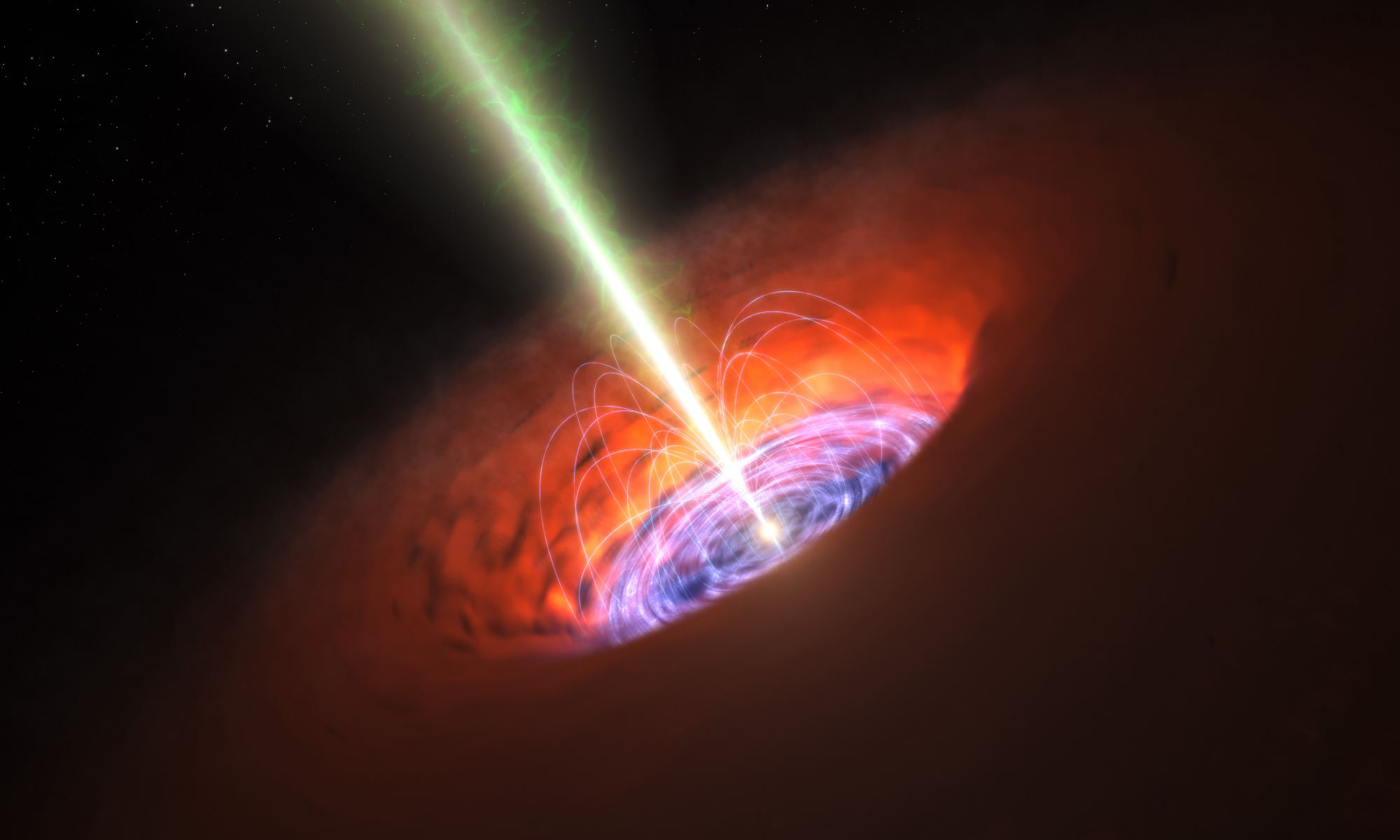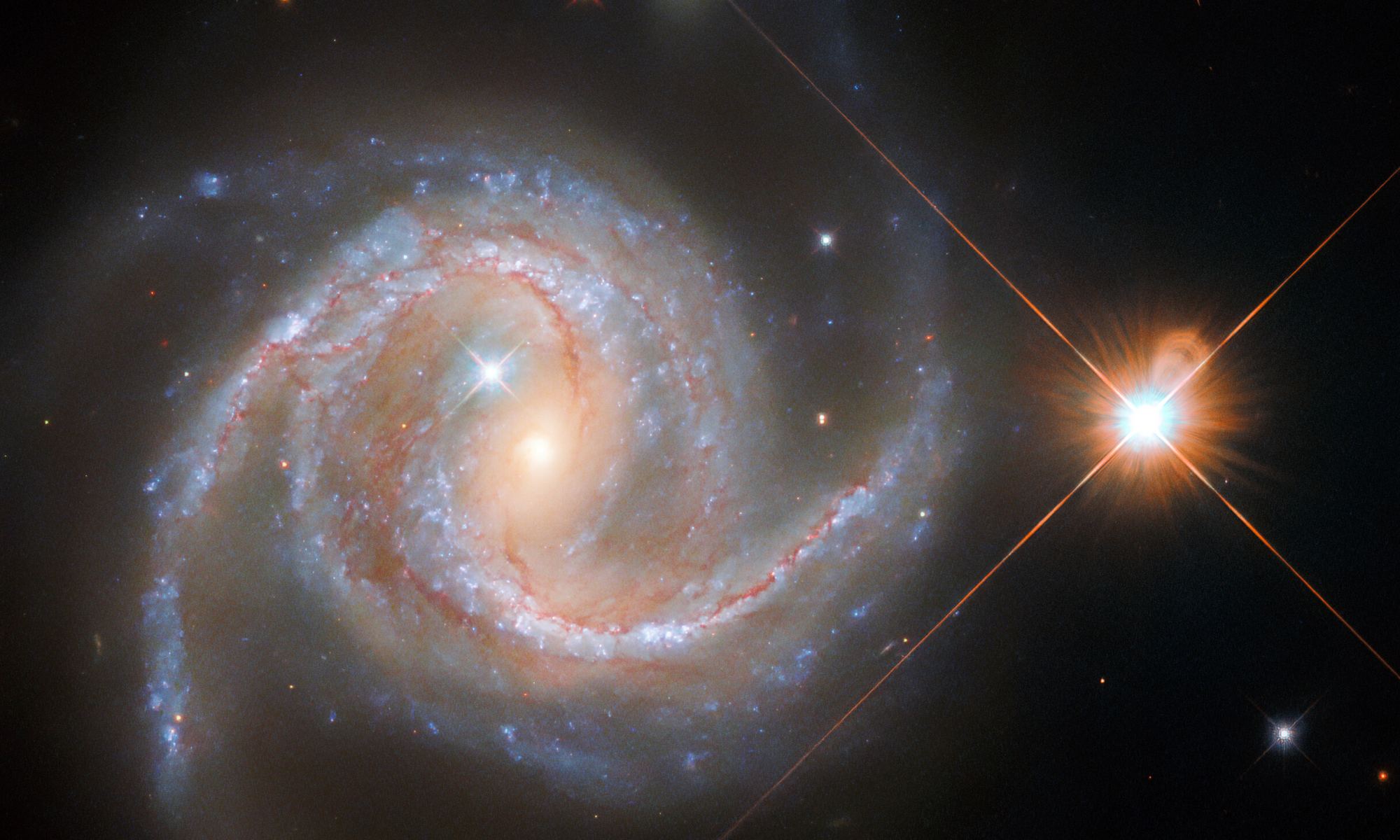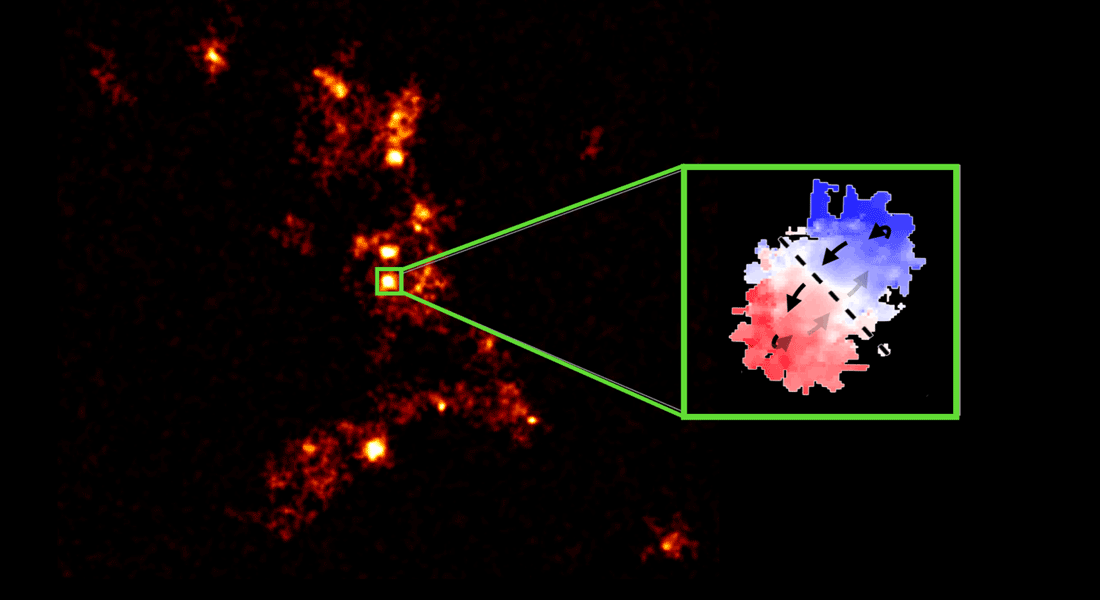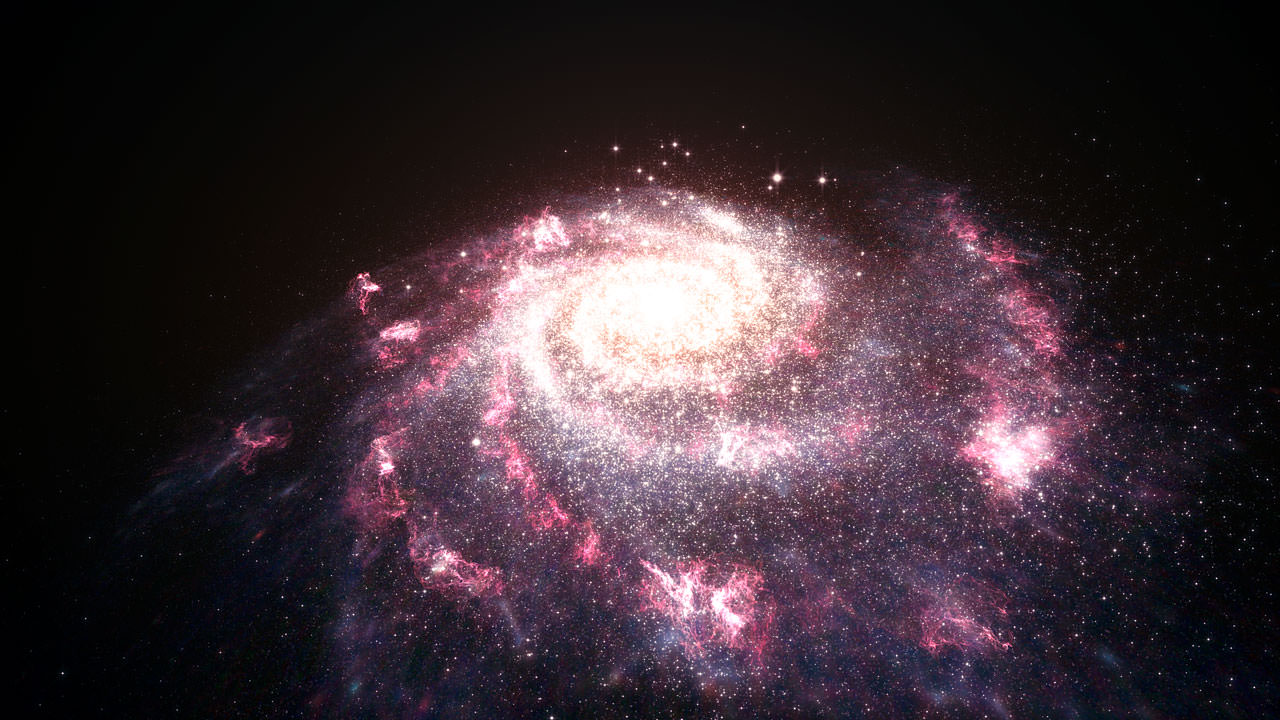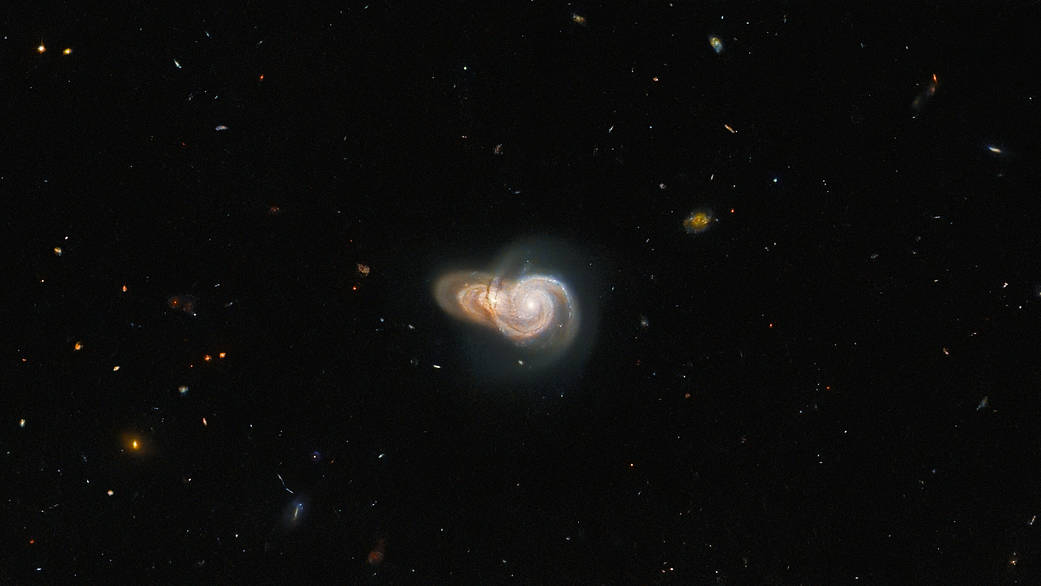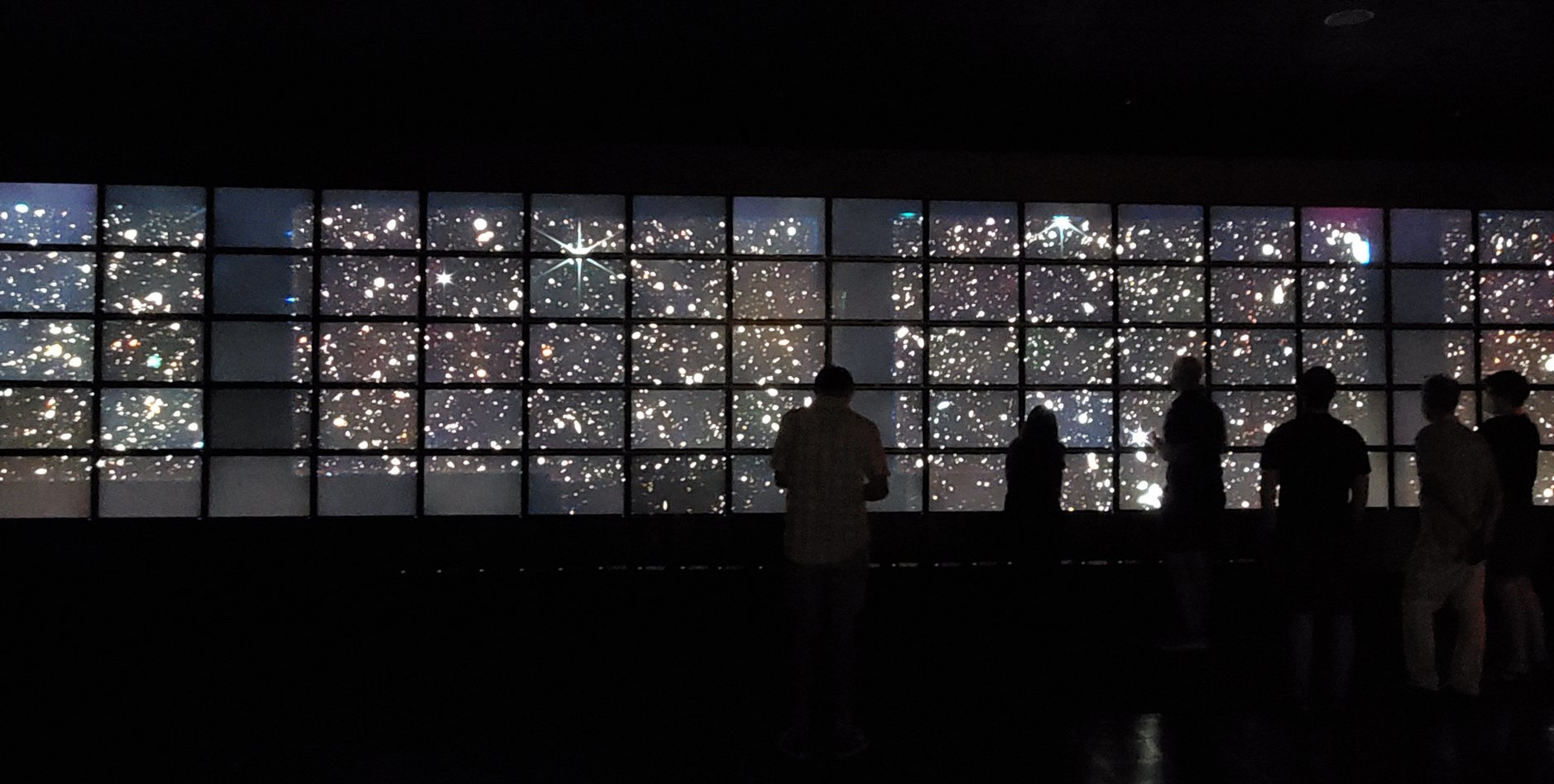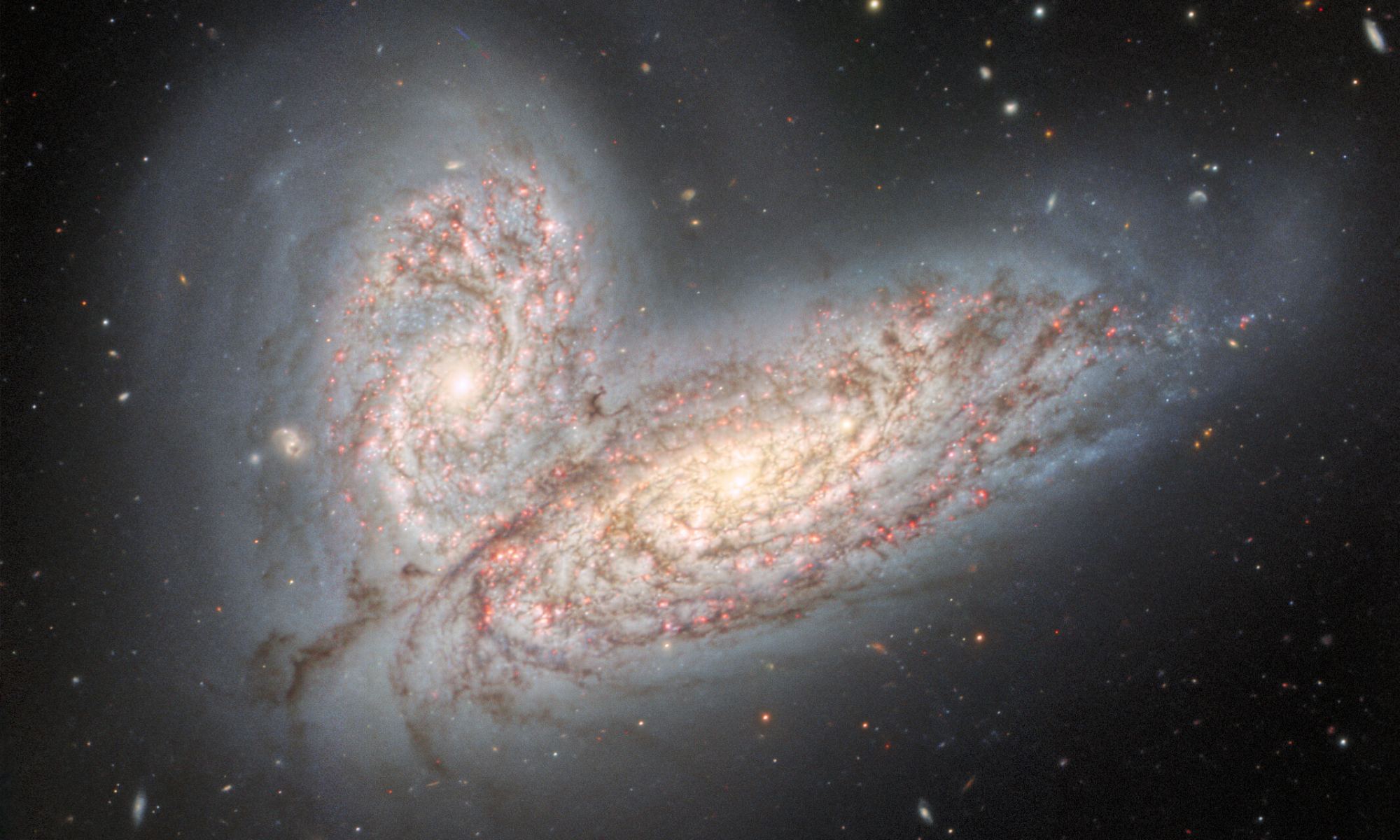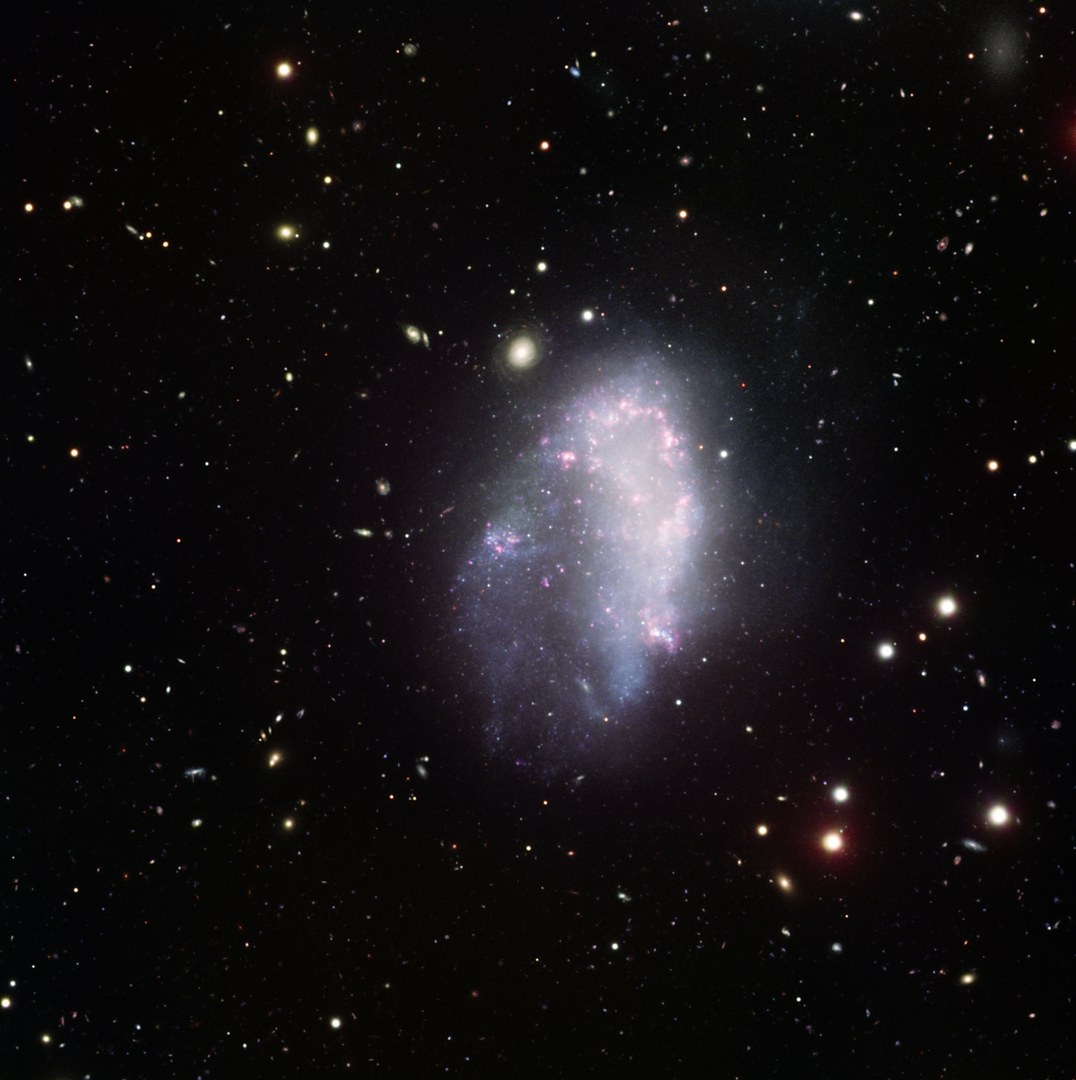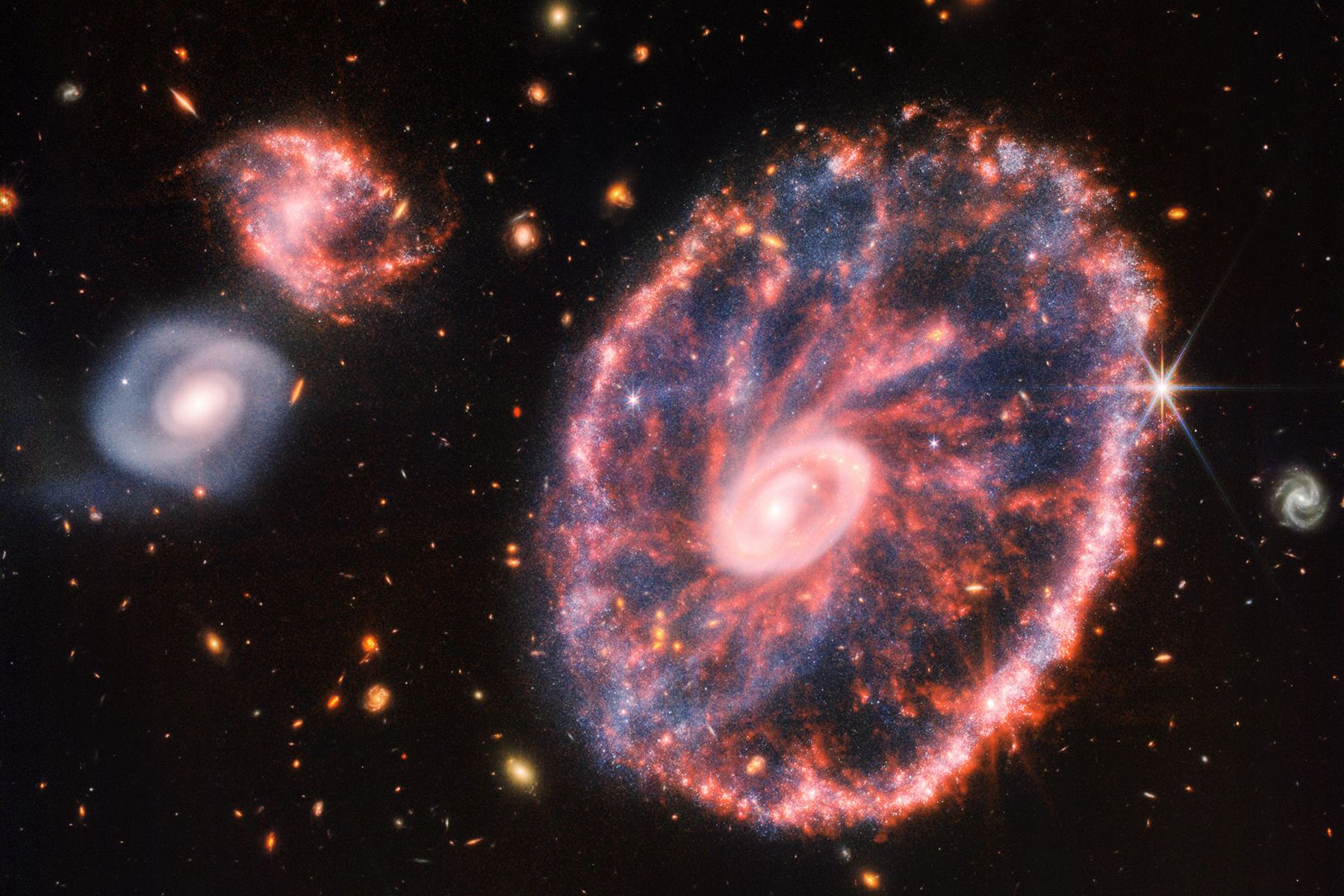When the James Webb Space Telescope (JWST) launched, one of its jobs was studying galactic formation and evolution. When we look around the Universe, today’s galaxies take the shape of grand spirals like the Whirlpool galaxy and giant ellipticals like M60. But galaxies didn’t always look like this.
We don’t see these shapes when we look at the most distant and most ancient galaxies. Early galaxies are lumpy and misshapen and lack the structure of modern galaxies.
A new study based on JSWT observations looks at organic molecules near galactic centers. The researchers say observing these molecules can teach us a lot about galactic evolution.
Continue reading “Webb Sees Organic Molecules in the Hearts of Galaxies, Surprisingly Close to Active Supermassive Black Holes”
